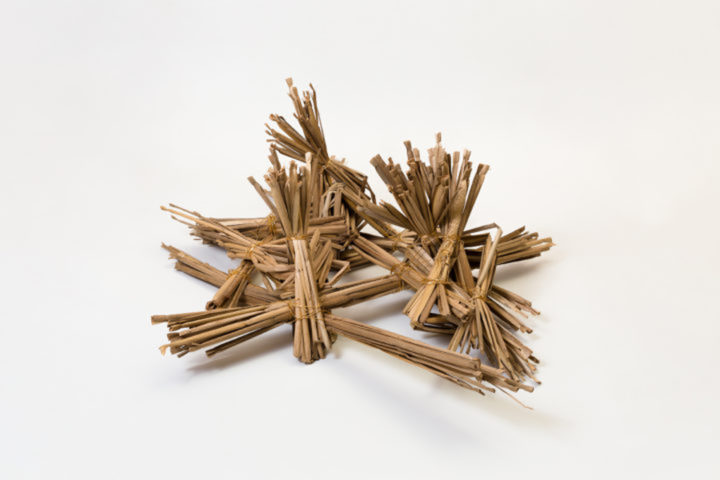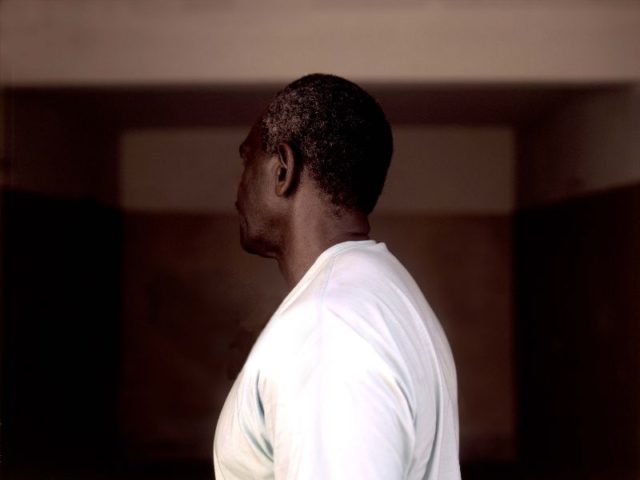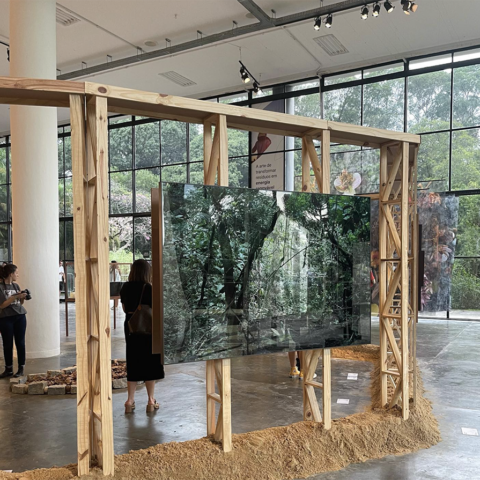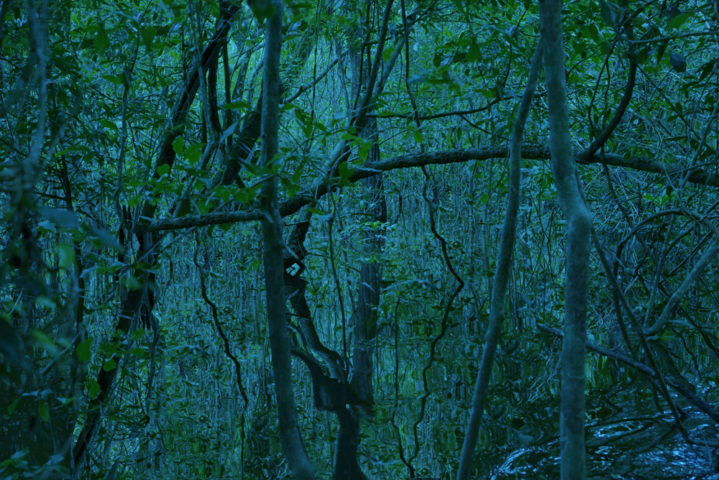Emoção de lidar
Group show at Quadra Galeria (São Paulo, Brasil)
Curated by Clarissa Diniz
With works by Tadáskía
March 4 – April 29, 2023
Read the text by Clarisse Diniz
List of artists:
Ana Cláudia Almeida, Ana Matheus Abbade, Anna Maria Maiolino, Arorá, Carla Santana, Celeida Tostes, Cyshimi, Diambe, Flora Rebollo, Iagor Peres, Josi, Nise da Silveira and Leon Hirszman, Pablo Lobato, Pedro Victor Brandão, Tadáskía




